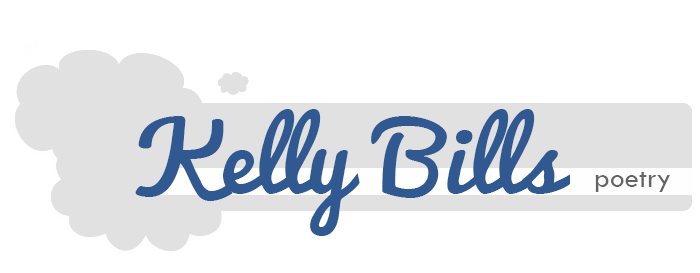>Concrete poetry.
Ok, so it can also be very colorful- but I love the graphic shapes of black letters and symbols in various fonts and sizes against a white background. And concrete or visual poetry often displays movement that can carry the eye up, down, across and around the page. The eye can chew on the visible impact of the poem while you taste the images, swallow the words, and digest the meaning. If the typographical arrangement of the poem reflects on the the meaning of the piece, then you’ve got a concrete poem.
Pictures speak louder than words; so here is an example of one of my favorite concrete poems:
Check out Mary Ellen Solt’s poem “Forsythia” @ http://epc.buffalo.edu/authors/solt/
You get the picture. The visual text of this original work makes it's own impression and has its own voice right along side the words. It changes the language into something different—so much more than just letters on a page.
I'm wondering what's next for vispo or visual poetry? Maybe we get a clue from the progress and exploration being made involving sound, spoken word and performance poetry. It seems to me that sound poetry is a verbal translation of the written word and not simply an oral reading or retelling. Just as every written language used for interlingual translation is intelligible and distinct, sound and performance poetry is a unique systematic rendering of a poem into the “language” of sound. There is definite intent in the chosen vocalization that gives meaning to the piece. So, if sound can be used to translate words and letters on a page, why not use text design and images to create visual translations? Going beyond the idea of individual interpretation, vocal and pictorial translations have denotations and constraints that can be measured and repeated just like any written language. Can both sound and visual manipulation be considered vehicles of translation that can be applied to the written word? The alphabet characters of any language can be written, read, equated, vocalized, and visualized just like the words within a poem.
I would love to know what you think. Is visual poetry more than just a library category or genre and is it a valid means to translate and adapt established works of poetry? Will vispo ever be considered a treatment of the written word that is taken as seriously as interlingual translation?
Concrete poetry is already the visual translation of an idea. I am thinking there could be many interesting concrete translations of standard poetry as well.
